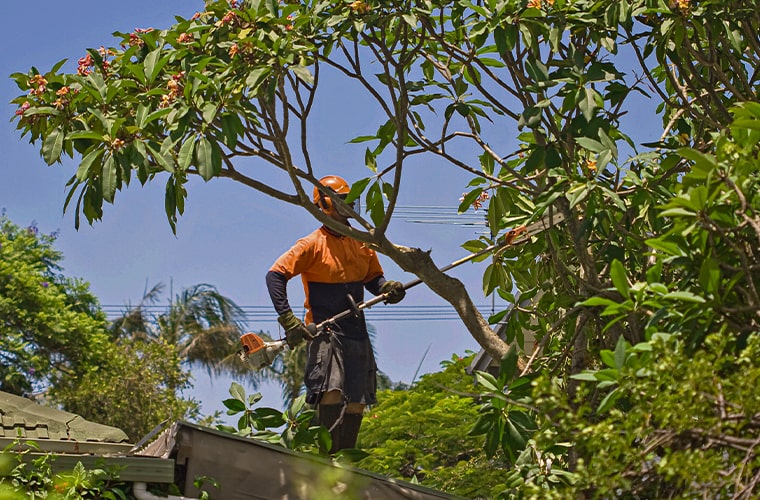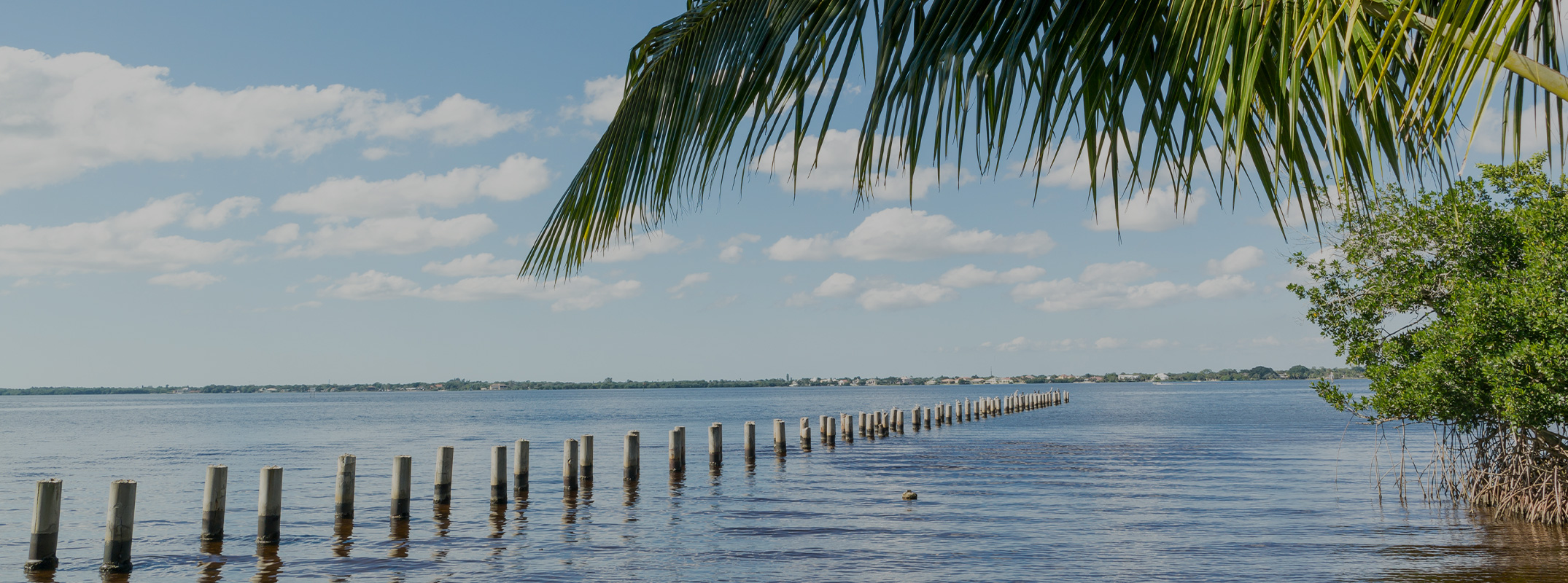Effective July 1st, Changes to Florida’s Tree Removal Statute Could Impact Your Condo, HOA, or Co-op
By: Christopher J. Shields, Esq. and Vanessa Fernandez, Esq.

How many lawyers does it take to cut down a tree? A new bill amending Section 163.045 of the Florida Statutes recently made its way through the Florida legislature and is set to become effective July 1, 2022. The current language of this statute preempts a local government’s ability to require a notice, application, approval, permit, fee, or mitigation for the pruning, trimming, or removal of a tree on residential property where the tree presents a danger to persons or property and where the property owner was able to obtain documentation from an arborist or Florida licensed landscape architect of that danger. A local government cannot require a property owner to replant a tree which was pruned, trimmed, or removed in accordance with the current language of the statute. Barring a veto by Governor DeSantis, the law is slated to change on July 1, 2022, in a way that weakens the State’s preemption and narrowly defines the “residential property” to which the statute applies. Below are the redlined changes to the statute from the Committee Substitute for Senate Bill 518:
163.045 Tree pruning, trimming, or removal on residential property.
(1) For the purposes of this section, the term:
(a) “Documentation” means an onsite assessment performed in accordance with the tree risk assessment procedures outlined in Best Management Practices – Tree Risk Assessment, Second Edition (2017) by an arborist certified by the International Society of Arboriculture (ISA) or a Florida licensed landscape architect and signed by the certified arborist or licensed landscape architect.
(b) “Residential property” means a single-family, detached building located on a lot that is actively used for single-family residential purposes and that is either a conforming use or a legally recognized nonconforming use in accordance with the local jurisdiction’s applicable land development regulations.
(2) A local government may not require a notice, application, approval, permit, fee, or mitigation for the pruning, trimming, or removal of a tree on a residential property if the property owner possesses documentation from an arborist certified by the ISA or a Florida licensed landscape architect that the tree poses an unacceptable risk to persons or property. A tree poses an unacceptable risk if removal is the only means of practically mitigating its risk below moderate, as determined by the tree risk assessment procedures outlined in Best Management Practices – Tree Risk Assessment, Second Edition (2017).
(3) A local government may not require a property owner to replant a tree that was pruned, trimmed, or removed in accordance with this section.
(4) This section does not apply to the exercise of specifically delegated authority for mangrove protection pursuant to ss. 403.9321-403.9333.
Under the current statute, a local government cannot require a community association to submit notices, applications, permits, etc., to remove a tree in circumstances where the tree presents a danger to persons or property, such as the association-maintained or owner-maintained water lines, roofs, windows, structures, and so on. The current language of this statute allows Florida condominiums, homeowners associations, and cooperatives to remove dangerous trees from common elements, common areas or common property without the requirement to replant them (as may be required by local ordinance). Note, there may be other reasons a tree must be replanted to the extent that it is required by an association’s governing documents or pursuant to a building permit or development order.
The new amendments to the statute will eliminate the broad protection from local government requirements in the removal of dangerous trees to solely protect single family residential property as defined therein. The new amendments will require that a tree pose an “unacceptable risk” to persons or property for it to fall within the statutory protections from local government requirements for tree removal permits or replanting. The tree only poses an unacceptable risk if removal is the only means of practically mitigating the tree’s risk below moderate, as determined by the tree risk assessment procedures outlined in the Best Management Practices – Tree Risk Assessment, Second Edition (2017).
Soon, community associations will be unable to reap the benefits of the prior language or the new protections since the amendments only apply to single-family detached buildings on lots used for single-family purposes. In other words, trees removed from common element or common property on or after July 1, 2022, even if they pose an unacceptable risk, may need to be replaced or replanted in a more acceptable location if required by your local government. In addition, community associations will have to comply with local government ordinances in seeking tree removal permits or other approvals prior to the removal of dangerous trees on association or common property.
So, how many lawyers does it take to cut down a tree? As lawyers like to say, “It depends on the circumstances.” We can help community associations navigate the legal thicket that is becoming Section 163.045 of the Florida Statutes. The deadline for community associations to remove dangerous trees that present a danger to persons or property under the protection of the current statute is June 30, 2022.
A note to the reader: This article is intended to provide general information and is not intended to be a substitute for competent legal advice. Competent legal counsel should be consulted if you have questions regarding compliance with the law.
Christopher J. Shields has been a Partner with Pavese Law Firm for over thirty years and is Board Certified by the Florida Bar in both Real Estate Law and Condominium and Planned Development Law. Vanessa Fernandez is an experienced attorney who also specializes in community association law with Pavese Law Firm, 1833 Hendry Street, Fort Myers, FL 33901; Telephone: (239) 334-2195; Fax: (239) 332-2243. To view past articles, please click “Publications” on our firm website.
Pavese Law has five attorneys Board Certified in Condominium and Planned Development Law; three of only thirty attorneys in the State of Florida who are Board Certified in both Real Estate Law and Condominium and Planned Development Law; and one of only two attorneys in the State of Florida who is Board Certified in both Construction Law and Condominium and Planned Development Law.

